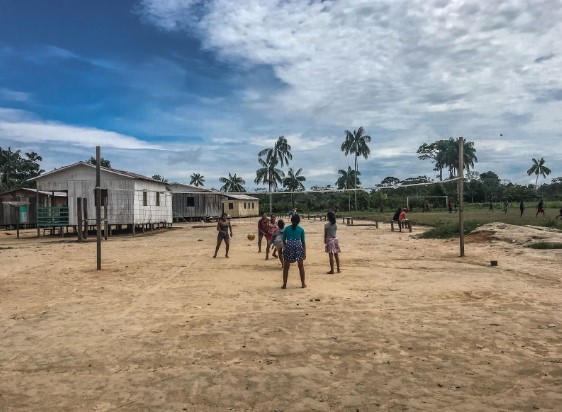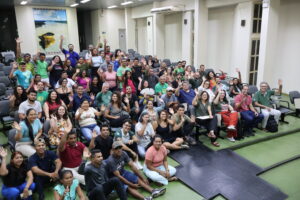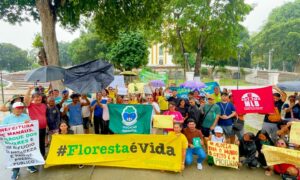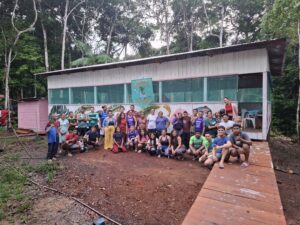By Maria Cunha
Translated by Bruna Favaro
Life at the riverside community is a singular and enriching experience. Located on the banks of rivers, these communities have an intrinsic relationship and face unique challenges to their subsistence. From children to the elderly, all residents adapt to the peculiarities of this lifestyle. The riverside communities are found on the banks of rivers and lakes and are often geographically isolated due to their great distance from urban centers. These communities are defined as a group of people who share a physical and emotional space where they support each other and collaborate and care for one another, exploring the positive and the challenging aspects of living in the forest. Besides that, in the community, the local residents have the opportunity to share resources, ideas and skills. The presence of diversity of talents and knowledge enriches everyone’s lives, allowing them to always learn from each other and grow together.
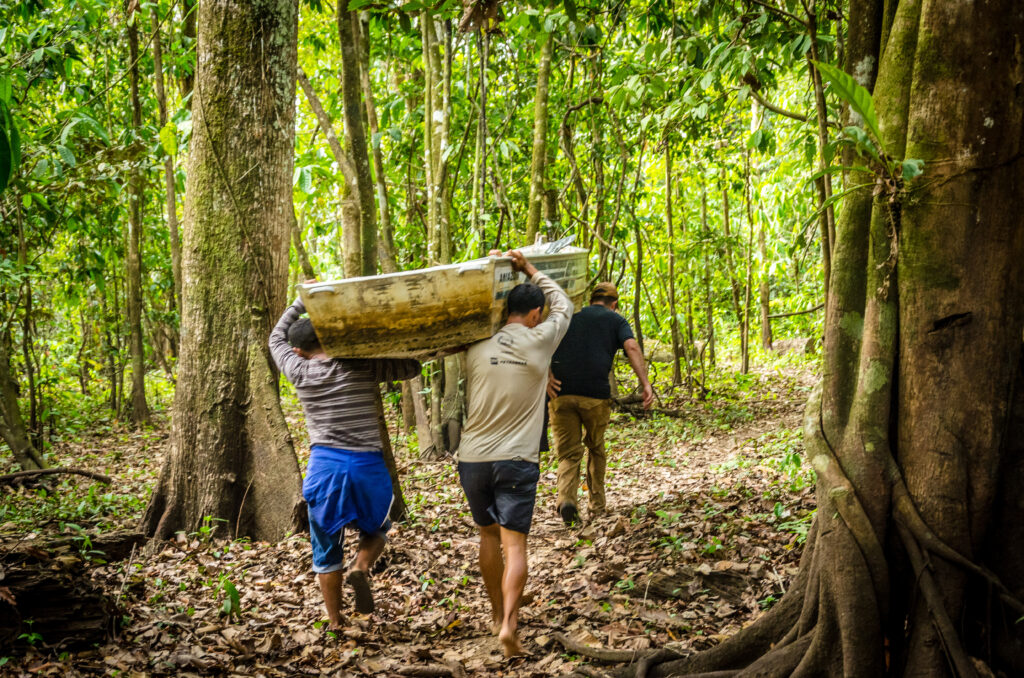
The riverside communities have a deep relationship with nature. Fishing, agriculture, and the gathering of natural resources are some of the essential activities for the subsistence and income of families in these communities. The residents have an intimate knowledge of the rivers, lakes, forests and local biodiversity, which we call traditional knowledge. This is an essential knowledge, as this is how they ensure their survival in the forest.
Furthermore, building and maintaining a community requires effort and active participation of all your members. It is necessary to invest time and energy in strengthening community ties, promoting collaboration and caring for the shared space. Also taking into account the challenges that arise in daily life.
Routine in riverside communities is dictated by the pulse of the waters, in other words, the flood and the drought. It can be summarized in winter and summer, where some production chains, such as oil extraction or araipama’s management are better developed in these contexts. These issues that encompass the flood and the drought are some unpredictable phenomena, being uncertain each new year. The uncertainty of what the following year will be like often causes community members to be taken by surprise. They lose their rural production that helps with their family income, causing discomfort in adapting to a new routine in an intense period. Oftentimes, there’s no balance, nature is always a mystery, even for those who live in it and survive from it. The residents of a riverside community need to be aware of organizing strategies to adapt to natural changes that have become more frequent and daunting in recent years.
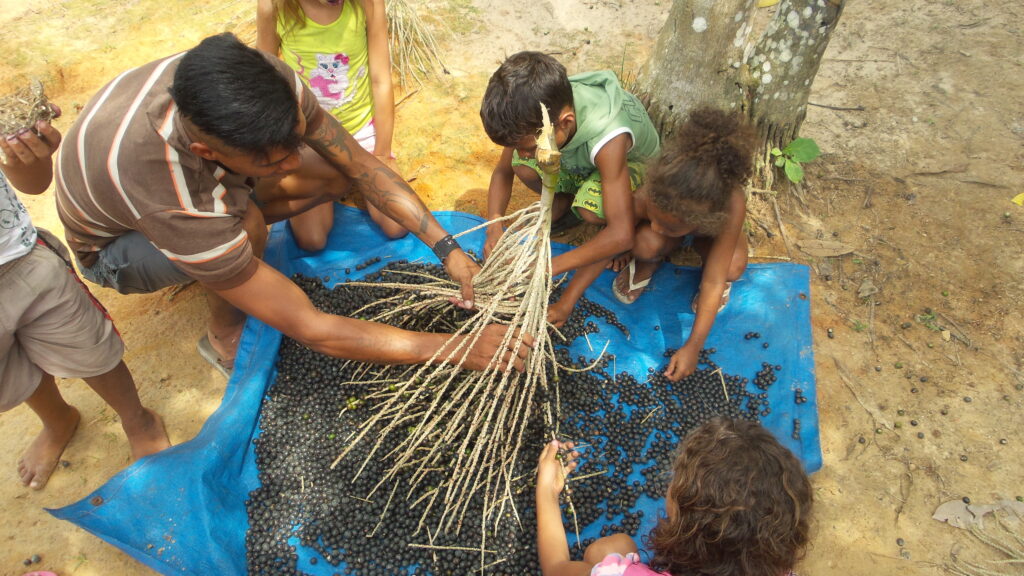
The impact caused by human action in the environment has increasingly aggravated Earth’s global warming, causing reactions that are affecting the quality of life of every human being. This year, Amazonas State has been facing an extreme drought that worries the world. Rivers – which are the main transport and supply route for water and food – have been drastically reducing their volume. Navigation becomes progressively challenging, affecting local business and making it difficult to access many communities and essential services, such as healthcare. Additionally, the reduction in river’s flow compromises the survival of several species of fish and other animals, as many become stranded in small water ponds, without adequate conditions to survive.
Drought also increases the spread of wildfires in the region, as the drier soil and parched vegetation become flammable. This amplifies forest destruction and compromises air quality, affecting the population’s health and further contributing to global warming. The current drought in Amazonas state is a warning sign of the need to preserve and protect this essential biome. This Amazon reality needs to be taken as a call to action, where everyone’s commitment and responsibility are crucial in dealing with this climate crisis.
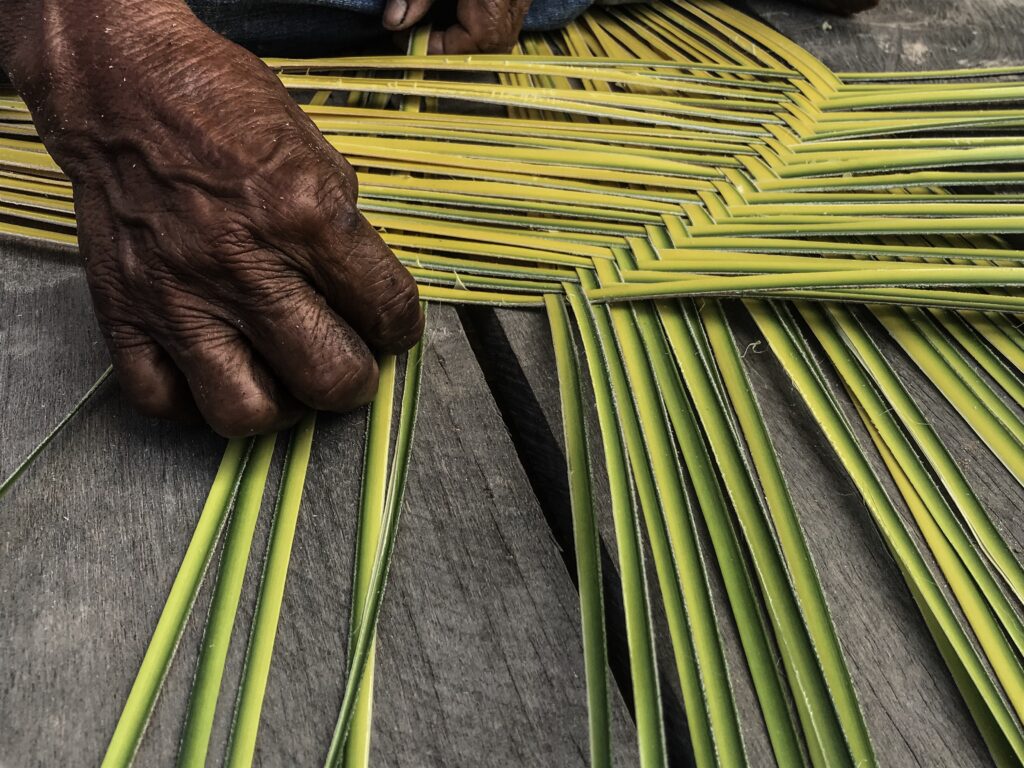
Agriculture and extractivism are the main economic activities in riverside communities. Currently, in traditional communities of Mid-Juruá, for example, we can already see the inclusion of significant and important ideas to aggregate family income to the Amazon’s biodiversity, linked to the sustainable development of communities. We are talking about araipama’s managed fishing. This was an initiative that changed the reality of the riverside families of this region, promoting social and environmental development for an improving quality of life for all. In a community general context, the residents utilize traditional techniques such as net fishing and tarrafa fishing to ensure their subsistence. Furthermore, family farming also plays an important role, mainly in food production, such as cassava, banana and corn. Produce exchange between local residents is a common practice, promoting the local economy and the solidarity between neighbors.
Living in the community is a reminder that people are part of something bigger than themselves. The importance of empathy, of mutual respect is fluent. Also, the community organization is linked to its leaders by something that aims to achieve purpose and create a welcoming and harmonious environment.
Education in the communities is a challenge, but also a learning opportunity. Schools are often located in distant regions, which requires students to walk long distances or travel by boat or canoe to get there. This is the reality of some riverside communities, speaking in a general context. But much progress has already been made over the years thanks to the determination and support of families, teachers and supporters, who understand the importance of education for the future of generations. Due to geographic isolation, the local residents often face infrastructure challenges. The lack of access to basic services, such as electricity, drinking water and sanitation is a very common reality for these communities. Currently, some communities of Mid-Juruá, with institutional support, community organization and social projects, have already achieved great progress in development, including these contexts of education, sanitation, infrastructure and access to social benefits. This made possible for riverside communities in present-day Amazon to have new concepts of definition.
Local culture is a great ally in the local residents’ traditional knowledge. A culture of recognizing in forest medicine, a cure. Despite this, the difficulty in accessing health services is also a challenge faced by the residents. Public policies aimed at greater attention to the health of traditional communities’ people are still inaccessible. For the most part, local residents only have one trained community health agent, and always need to seek greater resources in the city when necessary. This includes medicines and doctors. Despite the progress, this is still the current context in many communities.
Transportation is another major challenge faced by the riverside communities. Considering the main access route and form of travel are by rivers, it is often necessary to travel long distances to access basic services and opportunities. In addition to that, communication is also limited, with little or no phone and internet coverage. Although it is a limited process, currently, the use of connectivity is already a reality in some communities. This allows them to have access to news from around the world, access educational platforms, and even carry out some work.
Environmental preservation is an important factor. The riverside communities rely directly on the natural resources around them for their subsistence. Therefore, environmental preservation and sustainability are fundamental aspects. Raising awareness about the importance of ecosystem conservation and the adoption of sustainable practices are essential to guarantee the long-term survival of these communities. These teachings are part of the culture of those who are born and develop living in the forest. Today, by adopting sustainable practices, communities are able to have a better perspective that they are not just community members, they are the guardians of a natural wealth that encompasses a giant called Amazon. These people have a strong bond with the land. Nature is respected and valued, and the local residents comprehend the importance of preserving it to ensure their own sustainability. The riverside culture is rich and diverse. The local residents preserve ancestral traditions, transmitting dances, cantigas (traditional songs), and legends from generation to generation. Community celebrations are very common, and generally, involve a patron saint considered by the community. The ties between members is strengthened by the festivities and celebrations that take place throughout the year. In these contexts, the bonds of belonging are reinforced. The feeling of community is so deep that each individual sees themselves as part of something bigger, contributing to the well-being of all.
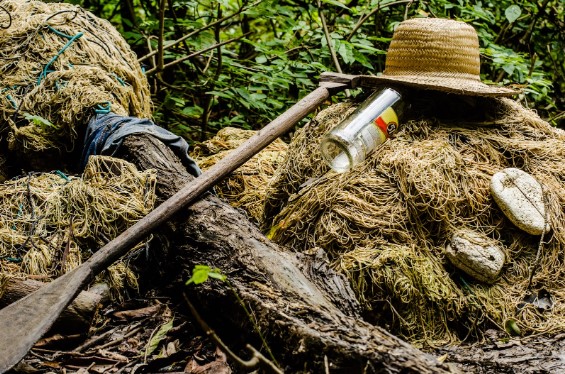
To overcome major challenges, it is essential for public policies to recognize and value the role of these communities in environmental conservation, offering support and encouragement for sustainable development. Investing in education and training programs is crucial to strengthen the autonomy and improve the living condition of the people in riverside communities.
Living in the riverside communities, a journey of connection and belonging, is where social ties and the relationship with nature are essential. It is a journey that teaches us about cooperation, resilience, and appreciation of traditions, promoting a sense of unity and harmony that is vital for the collective well-being.
This experience is about being immersed in a net of close social relations, where everyone knows each other and supports themselves mutually. There’s a strong sense of belonging, in which each individual is valued. This close and collaborative coexistence strengthens ties between people, creating a support network that extends beyond the social aspect, also covering economic and cultural aspects. There is constant learning about adaptability. The adversities are faced together, strengthening both community spirit and the ability to overcome. Learning to value ancestral traditions, shared stories, and knowledge passed down from generation to generation. Preserving and valuing these communities is essential to guarantee a sustainable future for all. It is necessary that society acknowledges the importance of these communities and work together to create a fairer and equal world
